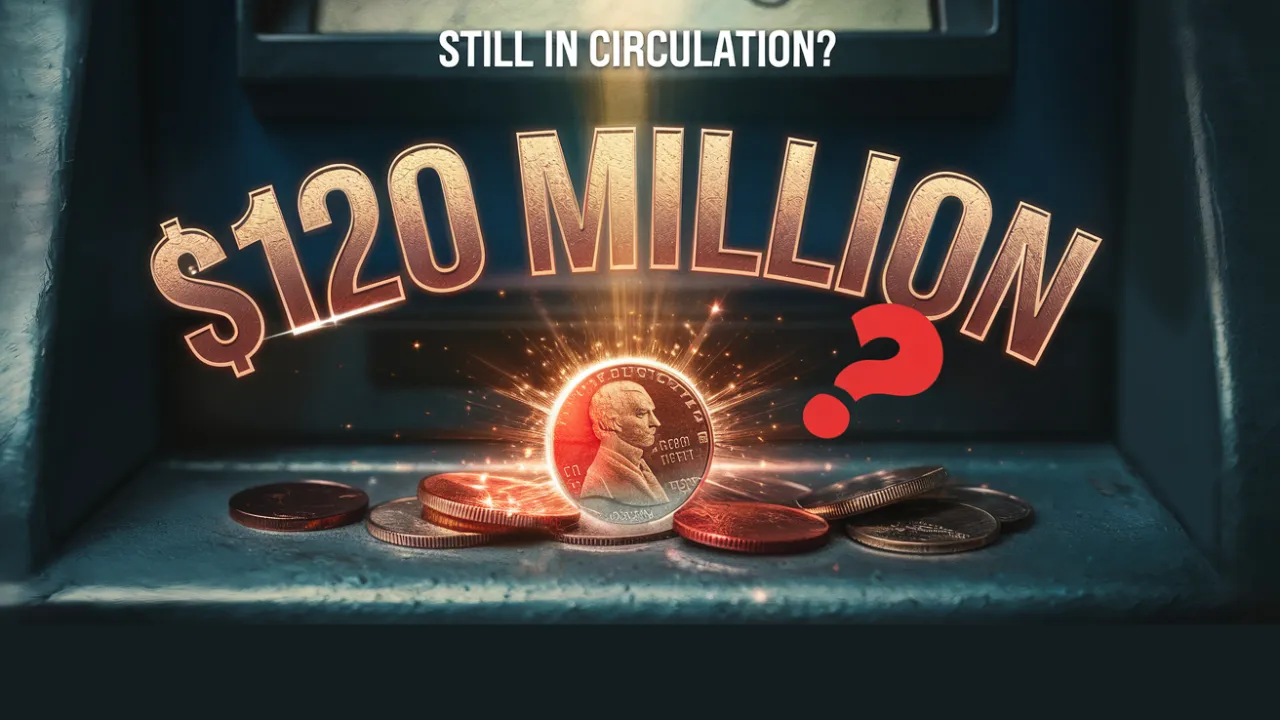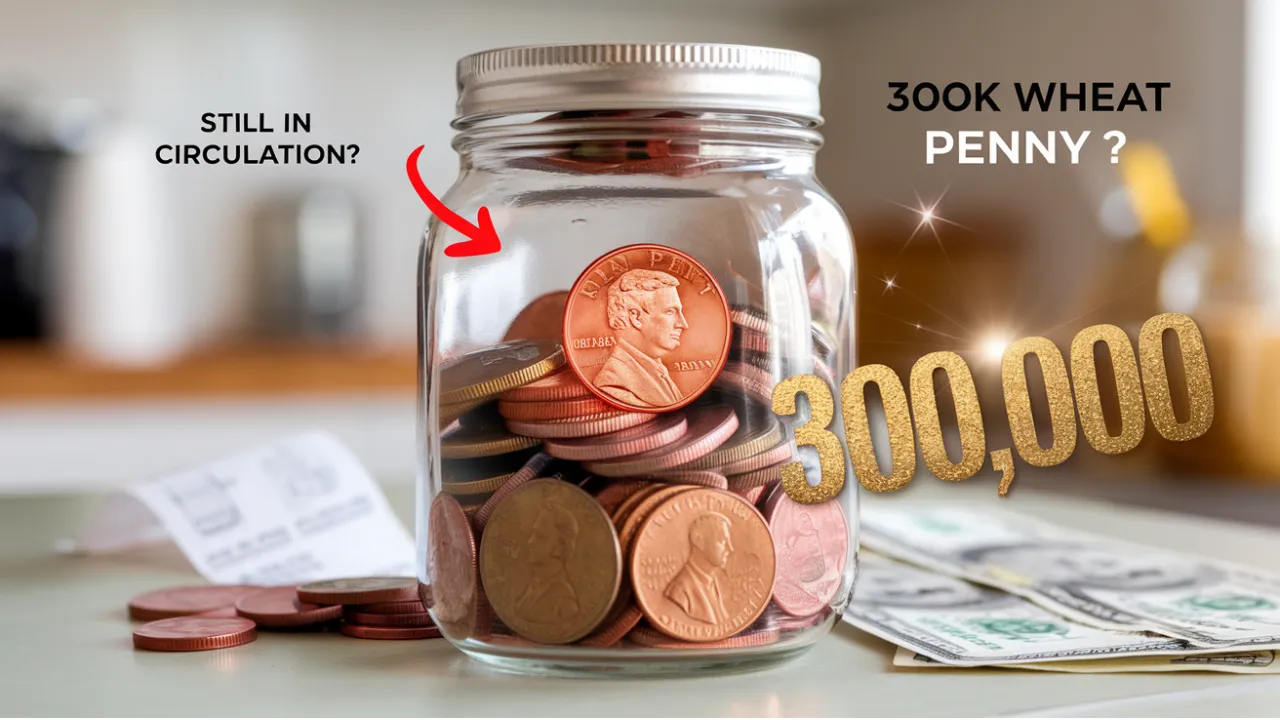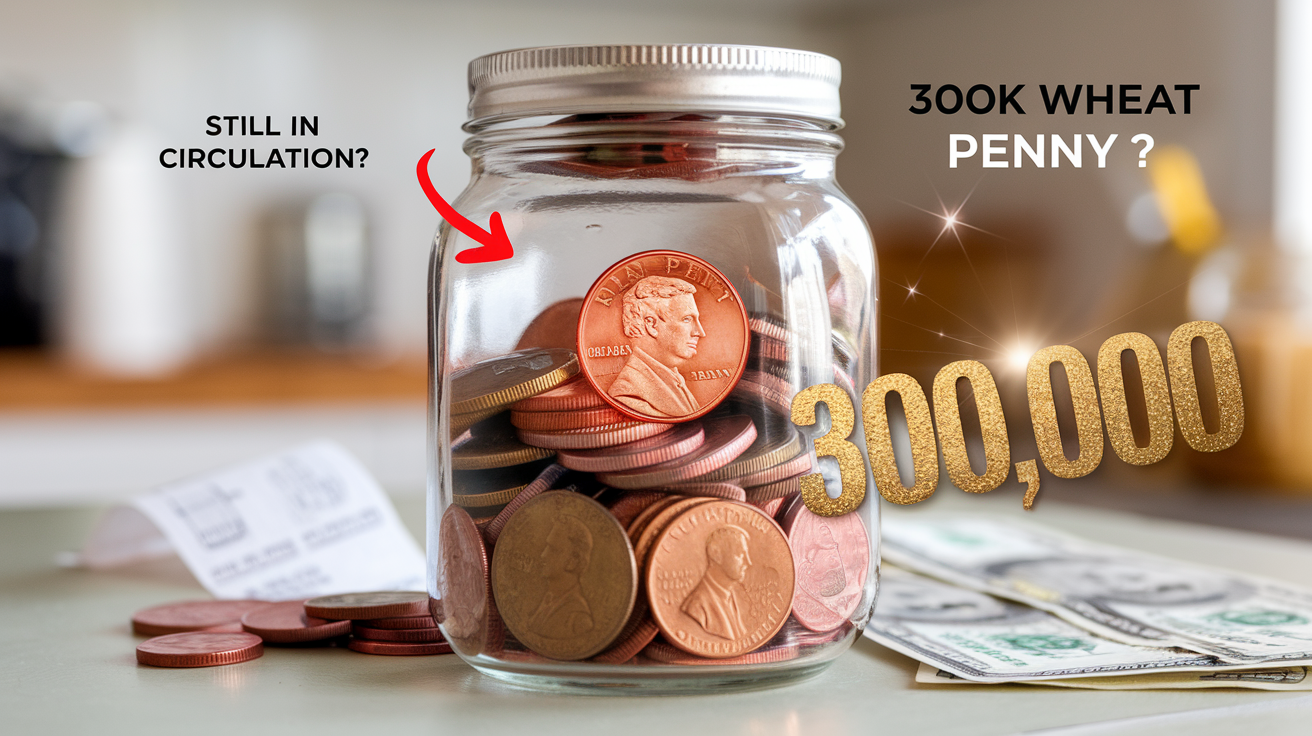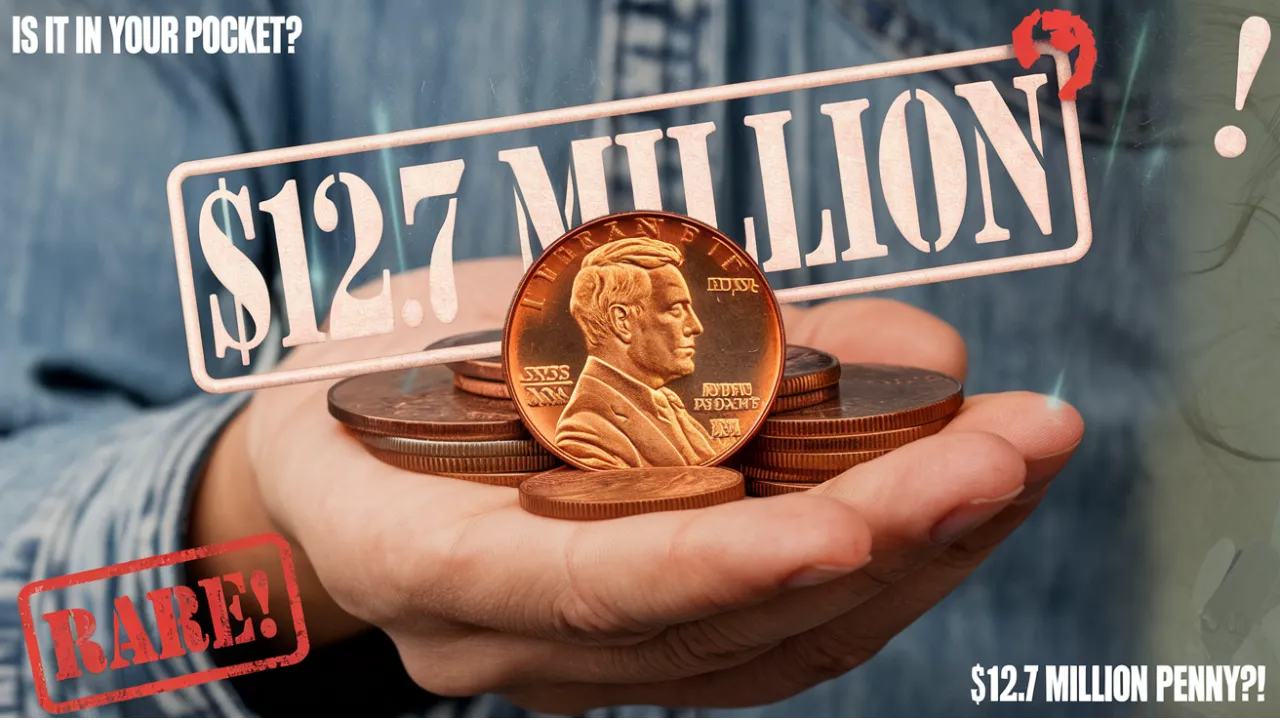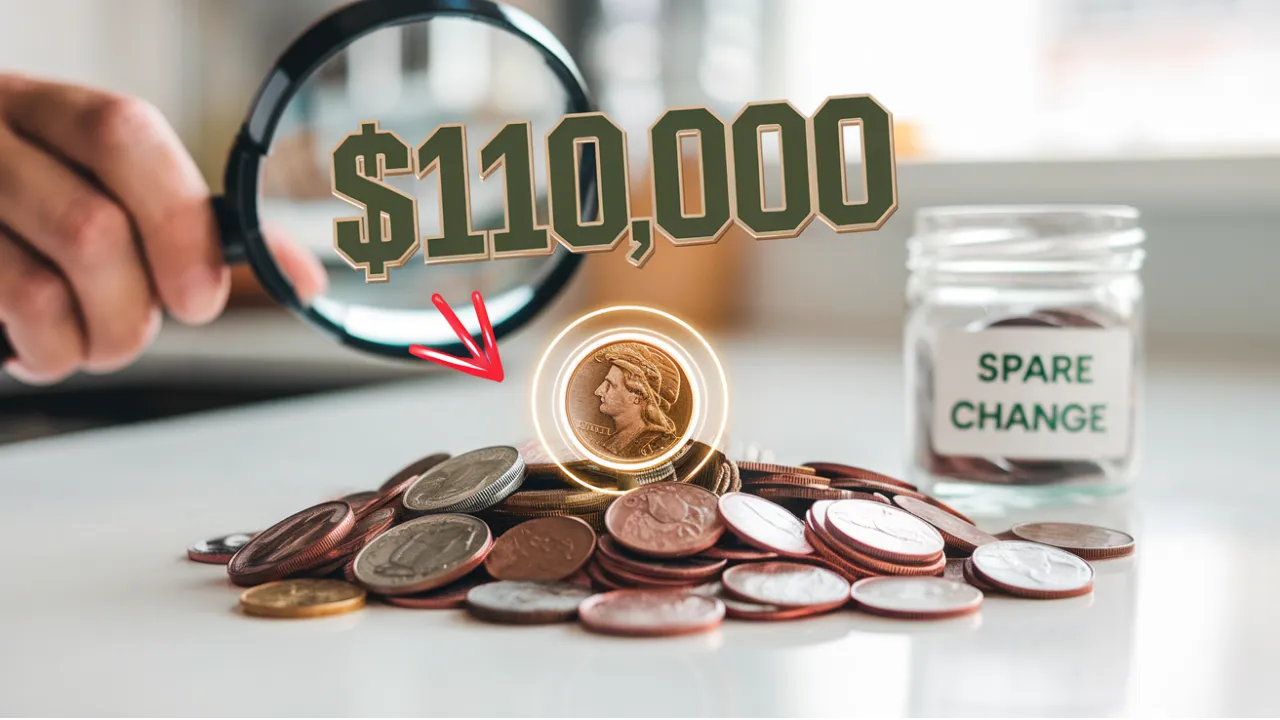The Lincoln Wheat Penny Valued at $2.2 Billion: The Lincoln Wheat Penny is a coin that has sparked curiosity and excitement among collectors and everyday folks alike. While most of us toss pennies into a change jar without a second thought, there’s always that wild possibility: what if one of those little copper coins is worth a fortune? Recent internet buzz claims that a Lincoln Wheat Penny might be worth a staggering $2.2 billion—and even more surprisingly, that it could still be floating around in everyday circulation.
Of course, such an astronomical value is most likely a myth, but there’s no denying the real magic behind this historic coin. In this article, we’ll explore the origins of the Lincoln Wheat Penny, what makes certain ones valuable, how to identify rare editions, and why collectors are still searching for hidden treasures in their spare change.
Lincoln Wheat Penny Overview
| Feature | Detail |
| First Issued | 1909 |
| Designed By | Victor D. Brenner |
| Key Feature | Wheat stalks on reverse side |
| Minted Until | 1958 |
| Rarest Editions | 1909-S VDB, 1914-D, 1922 No D, 1943 Copper |
| Estimated Value Range | A few cents to over $100,000 |
| Viral Rumor Value | $2.2 Billion (unverified) |
How the Lincoln Wheat Penny Made History
In 1909, the United States Mint released a special one-cent coin to celebrate the 100th birthday of Abraham Lincoln. It was a groundbreaking move—Lincoln became the first real person ever featured on a U.S. coin. The Lincoln Wheat Penny featured his profile on the front and two simple wheat stalks on the back, symbolizing growth and prosperity.
Created by artist Victor D. Brenner, the coin was more than just pocket change. It became a symbol of American resilience and pride, circulated widely during events like the Great Depression and both World Wars. The design remained unchanged until 1958, making these pennies a meaningful collectible today.
Why Some Lincoln Wheat Pennies Are Worth Thousands
While most Lincoln Wheat Pennies are only worth a few cents, a few rare varieties are worth hundreds, even thousands of dollars. Here’s why:
- Low Mintage: Fewer coins produced in a particular year or at a specific mint mean more collector demand.
- Minting Mistakes: Coins with errors like missing letters or double-stamped images are highly prized.
- Unique Metal Use: Some 1943 pennies were accidentally made with copper instead of steel—these are worth a fortune.
- Condition: Well-preserved coins (especially those in uncirculated or mint condition) command much higher prices.
- Mint Marks: Tiny letters under the year (like “D” for Denver or “S” for San Francisco) can dramatically change value depending on the year.
Top Valuable Lincoln Wheat Pennies
- 1909-S VDB
With the designer’s initials on the back and limited mintage from San Francisco, this penny can sell for up to $2,500. - 1914-D
Hard to find in good condition, this Denver-made coin can be worth $500 to $5,000. - 1922 No D
A rare error where the Denver mint mark was left off. Collectors pay thousands for clean versions of this coin. - 1931-S
Low mintage and high demand make this coin worth around $75 to $150—or much more if it’s in excellent condition. - 1943 Copper Penny
During WWII, pennies were made from steel to save copper for the war. A few copper ones were mistakenly minted, now worth over $100,000 each.
Is the $2.2 Billion Penny Real?
Let’s address the rumor that kicked off all this excitement. A Lincoln Wheat Penny supposedly worth $2.2 billion? That number seems more like internet fantasy than reality. No verified coin has ever come close to this kind of value. The highest price for a known Lincoln penny is around $1.7 million—still impressive, but far from billions.
That said, the story of the $2.2 billion Lincoln Wheat Penny keeps people talking, searching, and dreaming. And that’s the fun of coin collecting: even if the odds are low, the hunt itself is rewarding.
Understanding Coin Grading
A coin’s value heavily depends on its grade—an assessment of its condition. Coins are graded on a scale from Poor (P-1) to Mint State (MS-70). Even a one-point difference can have a big impact on price.
For example:
- A 1914-D penny in Good condition might sell for $300.
- The same coin graded as MS-65 could be worth $5,000 or more.
Professional services like PCGS or NGC can officially grade and certify coins, adding credibility and value if you ever decide to sell.
How to Spot a Rare Lincoln Wheat Penny
Here’s a simple guide to start checking your own coins:
- Flip the coin: If the back shows two wheat stalks, it’s a Lincoln Wheat Penny.
- Check the date: Focus on years like 1909, 1914, 1922, 1931, and 1943.
- Look under the date: Mint marks like “D” or “S” can boost value.
- Scan for errors: Misprints, odd shapes, or strange materials are all potential signs of rare coins.
- Use a magnifier: Sometimes the key details are tiny.
Must-Know Tips for Beginners
- Don’t Clean Your Coins: It might seem like a good idea, but cleaning actually lowers value.
- Use Safe Storage: Store coins in acid-free holders or albums to protect them from damage.
- Handle with Care: Oils from your hands can tarnish the surface, so hold coins by the edges.
The Joy of Coin Collecting Goes Beyond Money
Sure, discovering a Lincoln Wheat Penny worth thousands would be amazing. But even if you never strike it rich, collecting these coins is rewarding in other ways. Each penny tells a story—from wartime shortages to American milestones.
For many collectors, it starts with curiosity and turns into a passion. Holding a coin from 1914, for example, connects you to a moment over a century ago. That’s a powerful thing—history you can hold in your hand.
FAQs
Are Lincoln Wheat Pennies still found in change today?
Yes, though rare. You can occasionally find them in circulation or tucked away in old jars.
Can a Lincoln Wheat Penny really be worth $2.2 billion?
No confirmed coin has ever reached that value. It’s likely an online myth.
What’s the best way to identify a rare Wheat Penny?
Check the date, mint mark, and condition. Errors and unusual features are key signs.
How do I get a penny appraised?
Use services like PCGS or NGC, or take it to a reputable local coin dealer.
Are steel pennies from 1943 valuable?
Most aren’t worth much, but the few made from copper in 1943 are extremely valuable.
Final Thought
The Lincoln Wheat Penny may not actually be worth $2.2 billion, but its legacy and collectibility are priceless. Whether you’re an experienced collector or just someone with a spare change jar, take a few minutes to explore your coins—you never know what piece of history (or treasure) might be there.
If you’ve ever found a cool or unusual penny, drop a comment below! And don’t forget to explore more coin facts, check your horoscope, or dive into related stories. Who knows what else you might discover?

